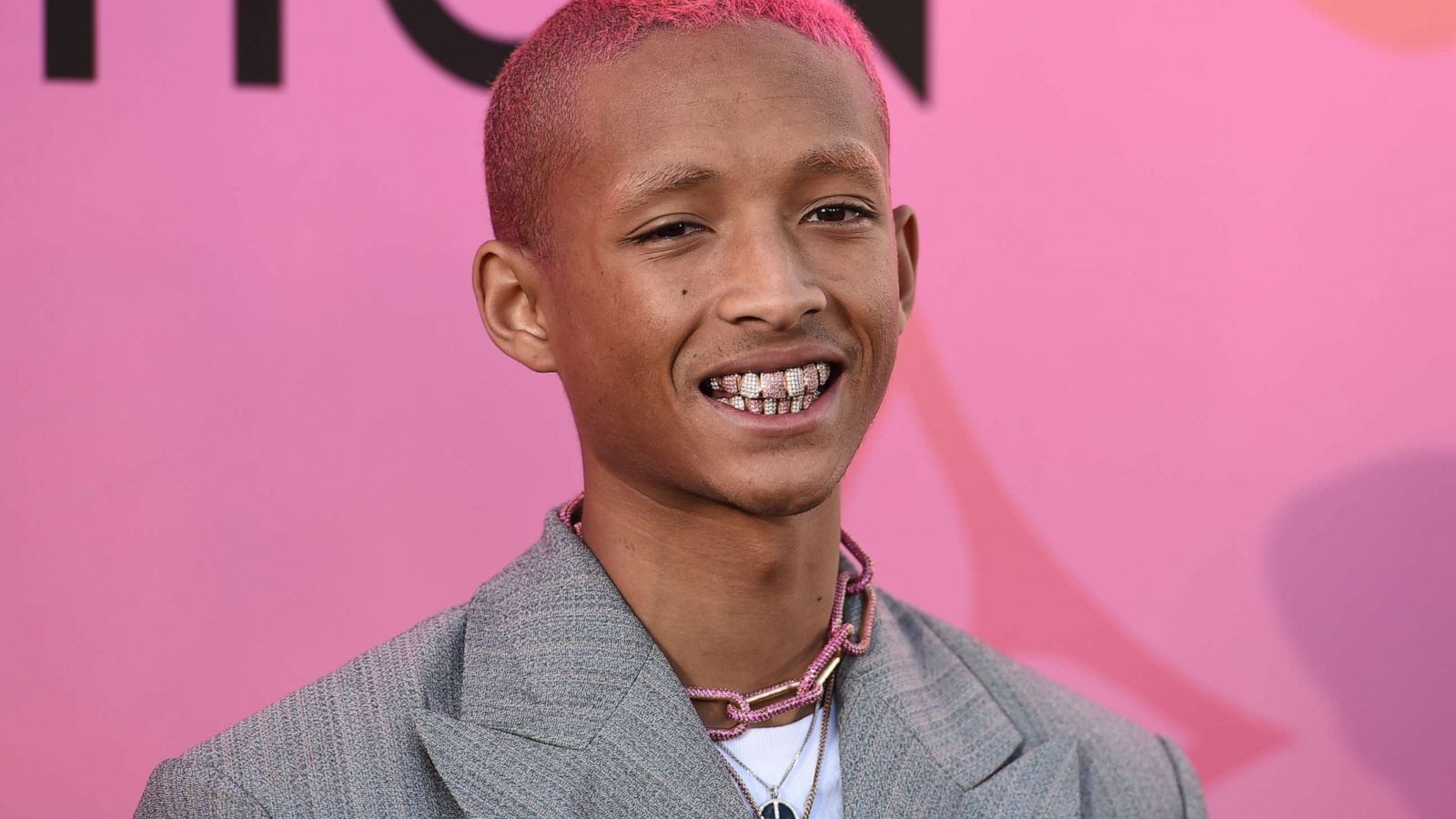
Remember the 1980s? It was a decade where big hair met even bigger sounds, a truly pivotal era that reshaped the entire landscape of popular music. Forget everything you thought you knew about music because the ’80s turned it all on its head, ushering in an age of digital recording, groundbreaking synthesizers, and an explosion of genres that still influence artists today. As disco and new wave began to fade, a fresh sonic palette emerged, embracing everything from dance-pop to the earliest forms of electronic dance music and the burgeoning golden age of hip hop.
It wasn’t just about catchy tunes; it was about innovation, cultural impact, and the birth of global superstardom. The music industry itself underwent a massive transformation, becoming a more internationally corporatized entity where artistry often intertwined with commercial success, measured by recording sales and the visual spectacle of music videos. For those of us who lived through it, or even just admire its enduring legacy, the ’80s weren’t just a collection of songs – they were a soundtrack to a revolution.
From the undisputed “King of Pop” to the fierce “Queen” and the enigmatic “Voice” that captivated millions, this decade gave us legends who not only dominated charts but also broke down barriers, redefined marketing, and set new standards for musical expression. We’re about to take a deep dive into the first six of these monumental forces, exploring how they forever altered the rhythm and soul of popular music, making the ’80s the most favored tune decade of the last 40 years according to a 2010 survey.
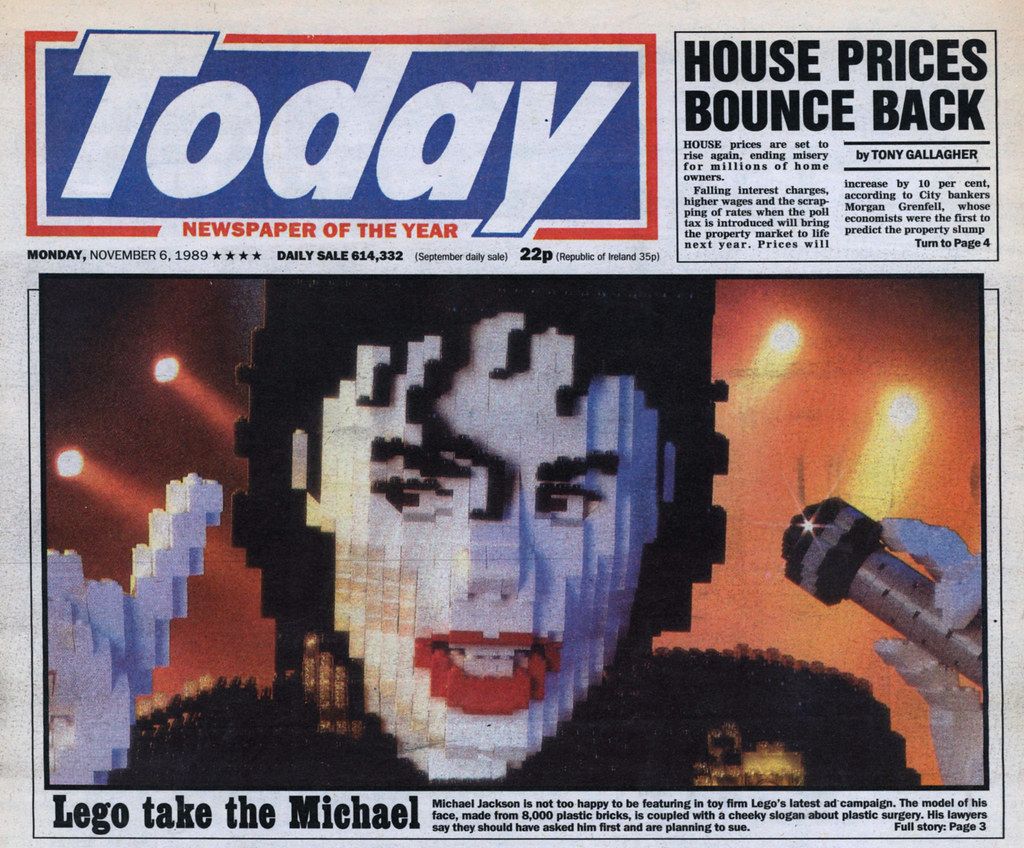
1. **Michael Jackson: The King of Pop**Michael Jackson’s reinvention in the 1980s was a global phenomenon, cementing his status as a worldwide superstar. His blend of pop, R&B, and rock, coupled with his showmanship, made him an unstoppable force, breaking racial barriers on MTV with iconic music videos like “Beat It” and “Billie Jean,” becoming one of the first African-American artists to receive heavy rotation.
His 1982 masterpiece, *Thriller*, wasn’t just an album; it was a cultural event that shattered sales records, selling 25 million copies during the 1980s alone and eventually over 65 million worldwide. This album redefined what a pop album could achieve, delivering hit after hit. His 1987 album, *Bad*, continued this streak, becoming the first in history to spawn five number-one singles on the Billboard Hot 100, while its world tour was the highest-grossing by a solo artist in the decade.
Throughout the ’80s, Michael Jackson amassed nine number-one singles, more than any other artist, and spent a remarkable 27 weeks at number one. He garnered numerous accolades, including “Artist of the Decade” and “Artist of the Century,” unequivocally establishing him as arguably the biggest star of the 1980s, his legacy deeply woven into the fabric of music, dance, and visual storytelling.
Read more about: Beyond the Headlines: 9 Shocking Truths Revealed After Celebrities’ Murdered Demises

2. **Madonna: The Queen of Pop’s Reign**Madonna quickly established herself as the best-selling female pop music artist of the 1980s, constantly challenging norms and pushing artistic boundaries. Her raw talent, provocative style, and acute understanding of pop culture made her an undeniable icon, redefining female artistry in the mainstream with each evolving statement.
Her third studio release, *True Blue*, became the best-selling female album of the decade, showcasing her commercial prowess. Albums like *Like a Virgin* (one of the best-selling of all time) and *Like a Prayer* further solidified her critical and commercial appeal, with *Rolling Stone* praising *Like a Prayer* as “As close to art as pop music gets.” She pioneered music videos as an art form and a marketing tool, effectively using innovative visuals to shape her narrative and engage her audience.
Her numerous chart-topping singles from this era, including “Like a Virgin,” “Papa Don’t Preach,” “La Isla Bonita,” and “Like a Prayer,” became pop classics that dominated airwaves and influenced a generation. Her immense impact was recognized by various magazines and awards that named her artist of the decade, a testament to her continuous reinvention and profound influence on the industry.
Read more about: Susan Brownmiller, Radical Feminist Who Redefined Rape and Ignited a National Debate, Dies at 90

3. **Prince: Prolific Innovator and Genre-Bender**Prince stood as one of the 1980s’ most successful musicians, a true worldwide superstar whose genius effortlessly blended funk, R&B, rock, and pop. He was not just a performer but an entire musical powerhouse, known for his unparalleled prolificacy and fearless experimental spirit.
He joined Michael Jackson as one of the first African-American artists to receive heavy music video rotation on MTV, extending his reach. Beyond his own hits, Prince was a prolific songwriter and producer, crafting hits for artists like Vanity 6 (“Nasty Girl”), Morris Day and The Time (“Jungle Love”), and Sheila E. (“The Glamorous Life”). He also penned “I Feel for You” for Chaka Khan, earning a Grammy, and “Manic Monday” for The Bangles.
His compositions were so timeless that artists such as Tom Jones, Melissa Morgan, and Cyndi Lauper found success covering his music. Prince’s artistic versatility also earned him an Academy Award for the song “Purple Rain,” highlighting his cross-medium achievements. With four number-one singles and 14 top-ten hits on the Hot 100 Chart, Prince’s influence as an innovator was undeniable.

4. **Whitney Houston: The Voice of a Generation**Whitney Houston, affectionately known as “the Voice,” quickly became the best-selling female R&B artist of the 1980s, captivating audiences with her powerful vocals and undeniable charisma. Her remarkable talent forged a bridge between R&B and pop, establishing her as a crossover sensation with broad appeal.
Her eponymous debut studio album became the best-selling debut by a solo artist at the time, an impressive indicator of her immediate impact. Her sophomore album, *Whitney*, further cemented her superstardom by becoming the first female album to debut at No. 1 on the Billboard 200. This rapid ascent showcased the public’s overwhelming demand for her music.
Houston’s consistent string of hits was unprecedented; she became the first and only artist to earn seven consecutive number-one songs on the Billboard Hot 100, from “Saving All My Love for You” in 1985 to “Where Do Broken Hearts Go” in 1988. Her immense crossover appeal on pop charts and her prominence on MTV made her a trailblazer, profoundly influencing generations of African-American artists and cementing her status as a truly celebrated figure.
Read more about: Beyond the Whistle Tones: 7 Celebs Who *Really* Can’t Stand Mariah Carey (And Why!)

5. **The Rise of Electronic Dance Music: House & Techno**The 1980s proved to be a pivotal decade for new sonic movements, notably the rise of electronic dance music (EDM) and indie pop. As disco and new wave waned, a fresh soundscape emerged, leading to the popularity of post-disco, Italo disco, Euro disco, and dance-pop genres. This era saw a significant increase in digital recording and the widespread use of synthesizers, fueling the ascent of synth-pop and other electronic genres that embraced non-traditional instruments.
This decade was a fertile ground for the development of major electronic genres such as electro, techno, house, freestyle, and Eurodance, many of which would later achieve global prominence. These sounds originated in vibrant regional nightclub scenes and swiftly became the predominant music in discothèques, establishing the foundational elements for the future rave scene.
House music, a quintessential EDM style, emerged in Chicago in the early 1980s, heavily influenced by soul- and funk-infused disco. Pioneering DJs like Ron Hardy and Lil Louis, along with local record shops and WBMX-FM’s Hot Mix 5 radio shows, were crucial to its local spread. Labels like Trax Records and DJ International Records then helped propel house music beyond Chicago to Europe and worldwide. Concurrently, in Detroit, the “Belleville Three”—Juan Atkins, Kevin Saunderson, Derrick May, and Eddie Fowlkes—developed the blueprint for techno, transforming it from local party music into a global phenomenon.

6. **Hip Hop’s Golden Age Emerges**Throughout the 1980s, especially in metropolitan inner-cities, R&B, hip hop, and urban genres became increasingly commonplace and influential. Rap, in particular, saw a significant surge in the latter half of the decade, signaling the advent of what would famously become the “golden age of hip hop.” This was far more than a musical trend; it was a powerful, all-encompassing cultural movement.
Hip hop, characterized by graffiti art, break dancing, rap music, and distinctive fashion, became the dominant cultural expression for African-American communities during this transformative era. Its profound influence rapidly spread, leaving an indelible mark on mainstream pop music that continues to resonate today. A key innovation was the embrace of beatboxing, where pioneers like Afrika Bambaataa, Doug E. Fresh, Biz Markie, and Buffy from the Fat Boys created intricate rhythms and sounds using only their voices and bodies.
The 1980s also saw hip hop artists leverage their platform to make powerful social statements, addressing issues often ignored by mainstream media. A landmark example was Melle Mel and Duke Bootee’s 1982 recording, “The Message,” which bravely foreshadowed the socially conscious themes of later hits like Run-DMC’s “It’s Like That” and Public Enemy’s “Black Steel in the Hour of Chaos.” Iconic artists such as Kurtis Blow, Run D.M.C., Beastie Boys, NWA, LL Cool J, Public Enemy, Salt N Pepa, and Ice-T solidified the genre’s incredible diversity and lyrical prowess, becoming household names.
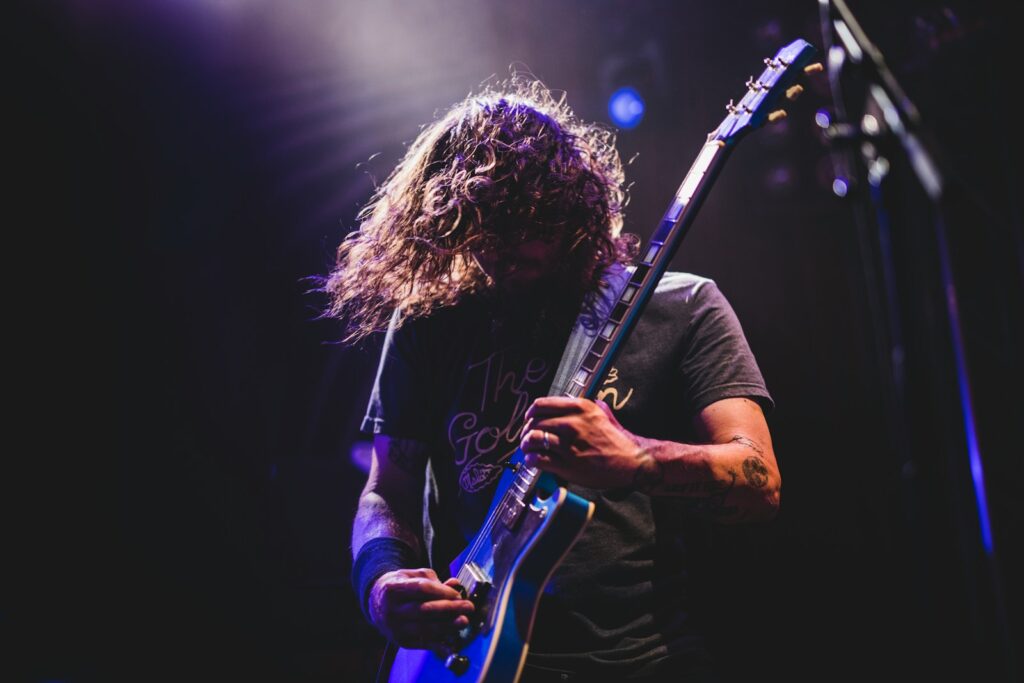
7. **The Resurgence of Rock: Hard Rock and Glam Metal’s Reign**While pop divas and hip hop beats were taking over the airwaves, rock music was far from quiet; it was actually getting louder and more diverse than ever before. The 1980s redefined rock, splitting it into multiple dynamic subgenres that resonated with different fan bases. From 1983 onwards, we saw a powerful resurgence of hard rock, which absolutely exploded in popularity between 1986 and 1990.
This era was characterized by bands whose names still echo in arenas today: AC/DC, Def Leppard, Kiss, Mötley Crüe, Bon Jovi, Quiet Riot, and Queen, among many others, became household names. And let’s not forget the glitz and attitude of glam metal! It became a global phenomenon, the largest and most commercially successful brand of music worldwide in the late 80s. Alongside these, legends like Aerosmith and Alice Cooper made successful comebacks, and Guns N’ Roses burst onto the scene, bringing a raw energy that was hard to ignore. It wasn’t just a boys’ club either; powerhouse women like Pat Benatar, Ann and Nancy Wilson of Heart, Joan Jett, and Lita Ford also carved out significant stardom in the hard rock landscape.
Beyond the hard rock anthems, heavy metal was also incredibly popular, unleashing a torrent of intense sounds throughout the decade. Ozzy Osbourne’s solo career thrived, and British titans like Iron Maiden, Judas Priest, and Dio cemented their legendary status. Speed metal pioneer Motörhead kept the pedal to the metal with a string of album releases, while the underground brewed even more extreme, aggressive subgenres. Thrash metal, led by its U.S. “Big Four” — Metallica, Slayer, Anthrax, and Megadeth — stormed into the mainstream, with Metallica eventually becoming one of the best-selling music artists of all time. Other styles like power metal, death metal, and black metal also found their passionate, if more subcultural, followings.
And what’s a rock revolution without guitar heroes? The 80s truly were the decade of the virtuoso, giving us shredders like Eddie Van Halen, George Lynch, Joe Satriani, Steve Vai, and Randy Rhoads, whose skills were nothing short of international sensations. Bassists weren’t left out either, with masters like Geddy Lee of Rush, Billy Sheehan, Cliff Burton of Metallica, and Les Claypool of Primus gaining fame for their innovative playing. These bands didn’t just record; they toured extensively, making hard rock and heavy metal truly global, live phenomena.
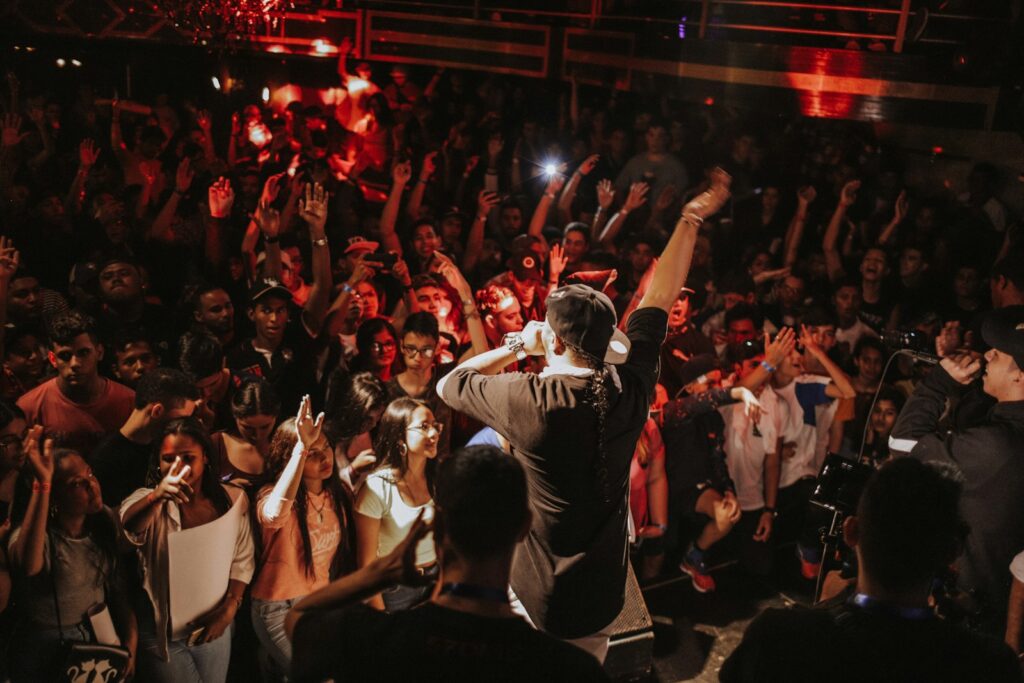
8. **Alternative Rock’s Underground Awakening**While stadiums rocked with metal, a different kind of revolution was brewing in the underground: alternative rock. This genre was mostly a phenomenon tucked away on independent record labels, celebrated in fanzines, and spun on college radio stations. It offered a sharp, refreshing break from the often “futuristic, hyper-rational post-punk years,” leaning into a variety of rock influences, especially from the 1960s.
American alternative bands built their dedicated followings the old-fashioned way: constant touring and releasing low-budget albums. Early trailblazers like R.E.M., The Feelies, and Violent Femmes blended punk energy with folk and mainstream sensibilities. R.E.M. quickly found success; their 1983 debut, *Murmur*, broke into the Top 40, sparking a wave of jangle pop. This grassroots approach wasn’t just an American thing, though; indie pop movements popped up globally, from Los Angeles’ Paisley Underground to Scotland, Australia, and New Zealand’s distinctive Dunedin sound.
Crucially, a handful of American indie record labels — SST Records, Twin/Tone Records, Touch and Go Records, and Dischord Records — were at the forefront, guiding the shift from the raw, aggressive hardcore punk that once dominated the underground scene to the more varied, melodic styles of alternative rock. Bands like Minnesota’s Hüsker Dü and The Replacements perfectly encapsulated this evolution, both starting as punk acts but quickly diversifying and embracing more melodic sounds. They showed that punk’s spirit could evolve without losing its edge.
By the late 1980s, the American alternative scene was a vibrant mosaic of sounds. You had the quirky alternative pop of They Might Be Giants, the intense noise rock of Big Black, the industrial grit of Ministry and Nine Inch Nails, and the raw beginnings of grunge with Mudhoney and Nirvana. Soon after, bands like Boston’s Pixies and Los Angeles’ Jane’s Addiction emerged, further expanding the genre’s boundaries. These artists, long before grunge hit big in the 90s, laid essential groundwork and exerted considerable influence on countless musicians who would follow.

9. **The Evolution of R&B: From Quiet Storm to New Jack Swing**The 1980s truly electrified R&B, transforming it into a more danceable and modern genre by incorporating disco-like beats, high-tech production, and elements of hip hop, soul, and funk. It was a decade of incredible diversification, and artists like Michael Jackson, Whitney Houston, Prince, Kool & the Gang, Rick James, and Lionel Richie were at the forefront, creating sounds that appealed to a massive, crossover audience. The landscape of urban genres, including R&B and hip hop, became increasingly commonplace and influential, especially in major metropolitan inner-cities.
Mid-decade, a new sound emerged, carving out its own space on the airwaves: quiet storm. This radio format featured recordings by artists such as Luther Vandross, Freddie Jackson, Sade, Anita Baker, and Teddy Pendergrass. Described as “R&B’s answer to soft rock and adult contemporary,” quiet storm maintained understated dynamics, relaxed tempos, and a romantic sentiment, primarily appealing to black audiences but gaining broader appreciation for its smooth, soulful vibe.
The 80s also witnessed a huge comeback for Tina Turner, whose powerful vocals topped charts. Donna Summer, Diana Ross, The Pointer Sisters, and Irene Cara continued their success in the first half of the decade, with Irene Cara’s “Flashdance… What a Feeling” becoming a global number one in 1983, and for the decade of the 80s. But it was Janet Jackson, with her 1986 album *Control*, who became “important to the development of R&B for several reasons.” She and her producers, Jimmy Jam and Terry Lewis, “crafted a new sound that fuses the rhythmic elements of funk and disco, along with heavy doses of synthesizers, percussion, sound effects, and a rap music sensibility,” setting a new standard for the genre.
This innovative blend soon gave rise to new jack swing, a term for R&B recordings that incorporated hip hop influences, spearheaded by producers like Teddy Riley. Artists such as Bobby Brown, Keith Sweat, Guy, and Bell Biv DeVoe epitomized this energetic, hybrid style. As the decade closed, Michael Jackson’s *Bad* continued to dominate, selling millions. Janet Jackson’s 1989 album, *Janet Jackson’s Rhythm Nation 1814*, further propelled contemporary R&B’s evolution into the 1990s, making history as the only album to produce number-one hits on the Billboard Charts Hot 100 in three separate calendar years and earning seven top 5 hit singles—a truly remarkable feat.
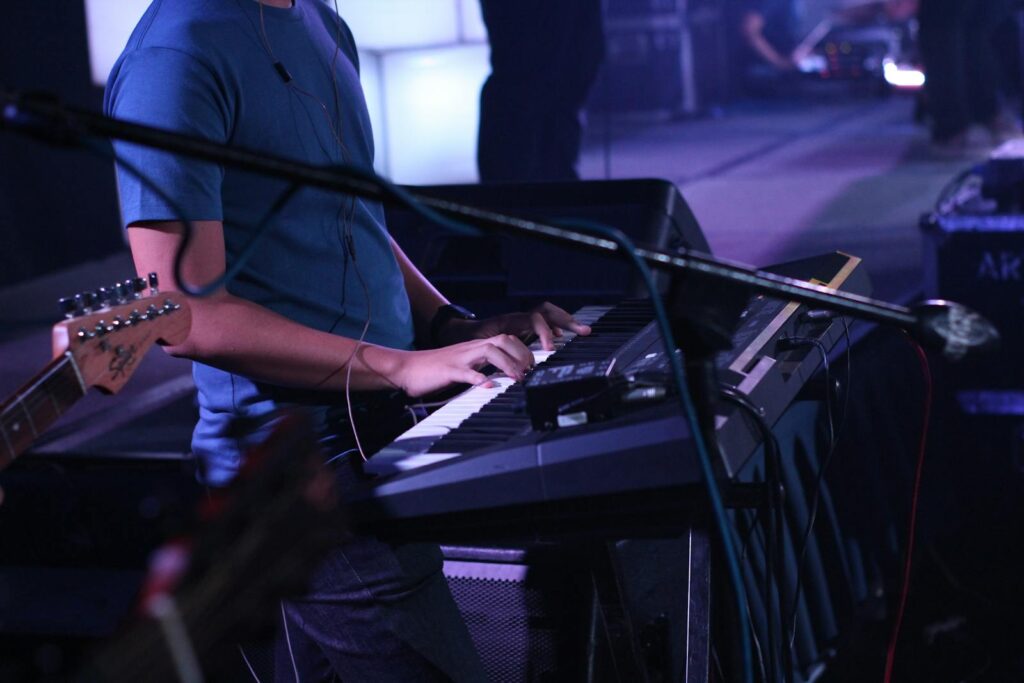
10. **Country Music’s Transformation: Urban Cowboy to New Traditionalists**At the dawn of the 1980s, country music was largely dominated by a pop-influenced style, with stars like Kenny Rogers, Dolly Parton, and Ronnie Milsap leading the charge. This sound received a significant boost from the 1980 movie *Urban Cowboy*, starring John Travolta, whose soundtrack album was a smash hit, featuring popular country songs that fueled what became known as the “Urban Cowboy Movement.” It was a moment when country music undeniably crossed into mainstream pop culture.
However, by the mid-decade, audiences began to yearn for something different, expressing a weariness with the prevailing country-pop sound. Some even declared country music “dead” in 1985. But behind the scenes, a powerful counter-movement was brewing, ready to revitalize the genre. The year 1986 marked the arrival of the “new traditionalist” movement, a refreshing return to the roots of country music, especially the honky-tonk style.
This new wave brought forth artists like Randy Travis, Dwight Yoakam, Ricky Van Shelton, and Holly Dunn, who re-established traditional sounds. Ricky Skaggs and George Strait had already seen early success in 1981, paving the way. Reba McEntire, who debuted in 1980, also amassed 15 number-one hits during the decade, showcasing her enduring appeal. A second boom for new traditionalists arrived in 1989 with Clint Black, Garth Brooks, Mary Chapin Carpenter, and Travis Tritt. Tragically, Keith Whitley, a torchbearer of pure honky-tonk, passed away in 1989, but his legacy continued to inspire. Even established stars like Dolly Parton, Linda Ronstadt, and Emmylou Harris embraced this traditional spirit with their platinum-selling *Trio* album in 1987.
Vocal duos like The Bellamy Brothers and The Judds also soared in popularity with their harmonies, while country groups and bands like Alabama became absolute powerhouses. Alabama, blending traditional and pop-country with southern rock, was named the Academy of Country Music’s Artist of the Decade in 1989, selling over 24 million albums in the US. The Oak Ridge Boys and The Statler Brothers further cemented the appeal of vocal groups, sparking a boom that saw acts like Restless Heart and Exile find success. Even enduring artists from earlier decades, such as George Jones, Conway Twitty, Loretta Lynn, Willie Nelson, and Johnny Cash, continued to thrive, proving the timeless appeal of country’s diverse sounds.
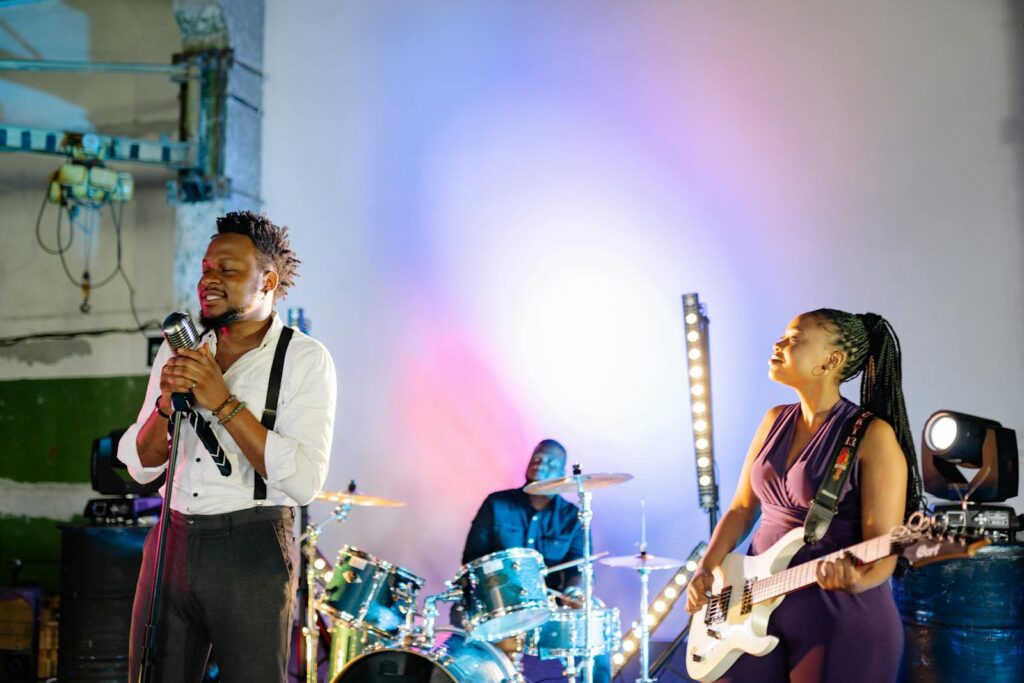
11. **British Pop and International Stars: Globalizing the Sound**The 1980s wasn’t just about American artists; it was a truly global decade for music, and British pop artists played a massive role in shaping its sound and dominating charts worldwide. Iconic figures like David Bowie, Phil Collins, John Lennon, Billy Ocean, Sheena Easton, and Paul McCartney seamlessly transitioned into new phases of their careers, enjoying immense commercial success across the globe. Their adaptability and continued innovation proved that talent transcends borders and musical trends.
Beyond individual stars, British pop bands absolutely dominated the American charts, especially in the early 1980s. Their constant exposure on the then-nascent MTV was a game-changer, turning groups like The Human League, Culture Club, Duran Duran, and Wham! into household names. Hits like “Don’t You Want Me,” “Karma Chameleon,” “The Reflex,” and “Wake Me Up Before You Go-Go” became anthems, showcasing the vibrant, often synth-laden sound of the “Second British Invasion.” Later in the decade, solo artists like George Michael (after Wham!), Rick Astley, Terence Trent D’Arby, and Fine Young Cannibals continued this tradition of British chart success.
Australia also brought its unique flavor to the global music stage, with artists like Olivia Newton-John leading the charge. Her hit “Physical” wasn’t just big; it topped the Hot 100 for a staggering 10 weeks, making it the decade’s biggest hit in the US! Other Australian bands such as Men at Work, Air Supply, AC/DC, INXS, and Crowded House also scored major hits, proving Australia’s burgeoning influence. Their diverse sounds, from pop to hard rock, found a ready audience across continents.
And let’s not forget our Canadian friends! Artists like Men Without Hats, Bryan Adams, and Corey Hart achieved huge success during the decade, further demonstrating the North American impact beyond the U.S. borders. The 80s were truly a melting pot of global talent, showing how music effortlessly crossed oceans and airwaves.
The sheer number of artists who achieved at least one big hit, from American acts like Blondie, Cyndi Lauper (considered the “Voice of the MTV Generation”), and Richard Marx to countless others, speaks volumes about the decade’s vibrant musical ecosystem. It was an era where artists like U2, Dire Straits, Phil Collins, The Police, Queen, The Rolling Stones, and Eurythmics achieved tremendous worldwide success, truly solidifying the global reach of popular music.

12. **Other Rock Trends and Enduring Legacies**The 1980s, while ushering in new sounds, also saw a fascinating interplay with established artists and genres, creating a complex tapestry of musical trends. Older rock bands from the 60s and 70s, surprisingly, found new life on the charts. The Beach Boys landed a hit with “Kokomo,” and The Kinks scored with “Come Dancing,” proving that classic acts could still resonate. Bands like the Steve Miller Band and Steely Dan also delivered hits, keeping their legacy alive while new artists emerged.
One of the biggest stories was Bruce Springsteen’s *Born in the U.S.A.*, a blockbuster album that churned out a record-tying seven hit singles, cementing his status as a rock icon. Meanwhile, blues rock experienced a powerful revival, thanks to the fiery guitar work of Stevie Ray Vaughan and George Thorogood. Even after drummer John Bonham’s tragic death, Led Zeppelin’s contemporaries AC/DC continued their massive success. Though country rock saw a decline, The Grateful Dead had their biggest hit ever with “Touch of Grey,” showing their enduring appeal.
The raw energy of hardcore punk flourished in the early to mid-80s, with bands like Black Flag, Bad Brains, Minor Threat, and Dead Kennedys defining the genre’s intensity. While it saw a dip later, a jumpstart occurred with emerging bands like Operation Ivy and Green Day from the “East Bay” scene, who would go on to significantly impact the punk and alternative sound of the next decade. Their influence is still felt today, proving the cyclical nature of musical evolution.
However, the decade wasn’t kind to everyone. Many veterans from the 1960s and 70s, including Bob Dylan, Neil Young, and The Rolling Stones, struggled to adapt to the changing trends, often releasing critically panned albums. MTV, with its premium on youthfulness, good looks, and showmanship, posed a particular challenge. Artists strongly associated with disco music also faced a backlash, often finding themselves banned from radio play, highlighting the industry’s fickle nature and the rapid shifts in popular taste.
Read more about: Echoes of the Sixties: 14 Music Icons Who Rose to Stardom, Then Vanished Without a Trace – Or So We Thought
As we look back, the 1980s weren’t just a decade of big hair and neon lights; it was a period of relentless musical innovation and cultural shifts that reverberate to this day. From the stadium-filling anthems of glam metal to the gritty honesty of alternative rock, the sophisticated grooves of R&B, and the heartfelt storytelling of country’s new traditionalists, this era created a legacy that continues to inspire and entertain. It was, without a doubt, a revolutionary time that redefined what popular music could be, leaving an indelible mark on the soundtrack of our lives.



